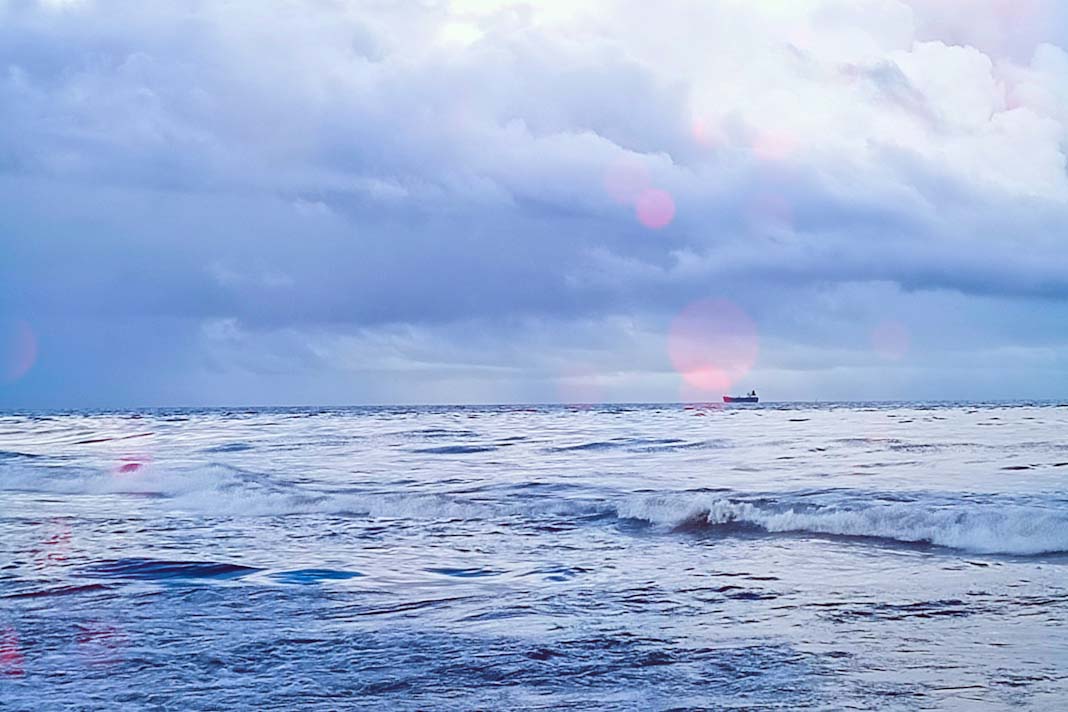
- Trials on a Kamsarmax bulk carrier showed average net savings of 1.9 tonnes of fuel and 7.0 tonnes of CO₂ per day, equating to a 9.1% reduction in propulsion fuel and emissions.
- Lloyd’s Register Advisory validated Anemoi’s methodology, confirming close alignment between predicted and measured performance across eight laden and ballast voyages.
- Voyage-specific results varied up to 21% savings on favorable wind routes, and larger 35 m rotor sails under test promise even greater gains.
Between April 7–11, six classification societies oversaw trials of three 24 m Anemoi Rotor Sails installed on the TR Lady, an 82,000 DWT Kamsarmax owned by funds managed by Tufton Investment Management and chartered by Cargill. Sailing through the Indian and South Atlantic Oceans, the North and South Pacific, the Southern Ocean, and busy passages like the Strait of Malacca, the vessel completed eight consecutive laden and ballast legs. Analysis of high-frequency operational data demonstrated average net savings of 1.9 tonnes of fuel and 7.0 tonnes of CO₂ per day, closely matching Anemoi’s 10% performance targets, according to Lloyd’s Register.
Independent Validation Strengthens Credibility
Lloyd’s Register Advisory’s Statement of Fact confirmed that Anemoi’s calculation method—based on ship-specific coefficients, CFD modelling, and thrust power predictions—accurately reflects real-world performance. Dr Dogan Uzun, who led the assessment, noted the “close agreement between predicted thrust coefficient trends and measured values,” highlighting the importance of detailed vessel-specific modelling for reducing uncertainty in wind-assisted propulsion metrics.
Route-Dependent Performance and Future Prospects
While the long-term average stood at 9.1%, individual voyages saw greater benefits: on a 22-day North Pacific crossing, the TR Lady achieved 21% net fuel savings. Anemoi cautions against focusing solely on peak results, instead presenting the full dataset for a realistic view of long-term performance. Meanwhile, trials of larger 35 m-high rotor sails—with higher aspect ratios—are underway and are expected to deliver even greater fuel and emissions reductions.
Industry Endorsements and Strategic Implications
Clare Urmston, CEO of Anemoi Marine Technologies, emphasized that transparent, data-driven validation “builds trust across the industry” and sets a new standard for emerging wind-propulsion solutions. Tufton’s Nicolas Tirogalas praised the results for confirming anticipated operational and environmental benefits, while Cargill’s Chris Hughes highlighted how the verified data has already improved weather-routing digital twins and will guide future wind-assist deployments across their fleet.
Did you subscribe to our daily Newsletter?
It’s Free Click here to Subscribe!
Source: Lloyd’s Register
























